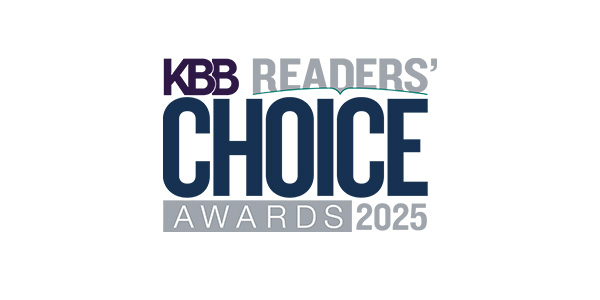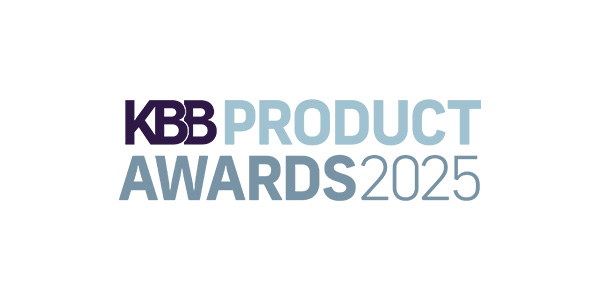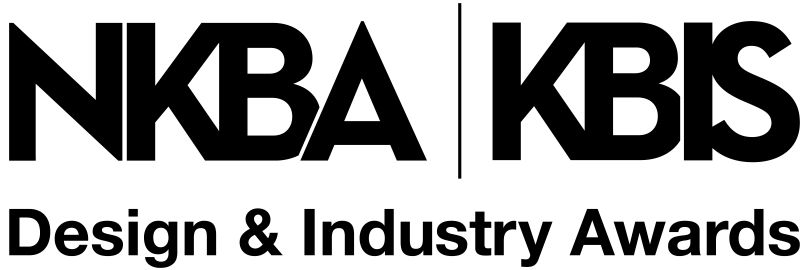ASID Trends Outlook Preview: Top 2025 Trends
The American Society of Interior Designers has released a preview of its 2025 Trends Outlook report. With findings covering subjects ranging from the multigenerational workforce and neuro-inclusive design to the artisanal revival and designing for joy, the Top 2025 Trends Report explores what’s set to impact interior design in 2025. A sneak peek is below, and you can view them in full here. The report will be released in its entirety in January.
Lifestyles & Attitudes
- Mixing Styles & Cultural Narratives: Incorporating traditional elements with regional and nostalgic influences becomes popular within designers’ work.
- Silver Tsunami & Adaptive Living: The demand for adaptable living solutions is growing in tandem with the aging populating.
- Acceptance of Skepticism: Concerns about transparency and trust towards long-standing institutions are increased.
- Artisan Craft Revival: Consumers drive a demand for timeless, durable pieces.
- Outdoor Integration: With the urge for social engagement amongst nature comes the increase in blending indoor and outdoor spaces.
Economy
- Inflation, Tariffs, & Global Market Impact: Younger generations become committed to supporting small businesses in response to certain policies within global markets.
- Shifting Perceptions of Education: Gen Z is increasingly intrigued with attending trade schools versus college, as there’s a prevalent increase in wages within such industries.
Work & Retirement
- Multigenerational Workforce: Generational diversity within offices fosters collaboration.
- AI Transformation: Paving the Way to a Shorter Workweek: Generative AI has the potential to ease tasks within the workforce, including the workweek’s length.
Technology
- Personalization & Customizability: Experiences spanning an abundance of design sectors are enhanced with hyper-personalized AI services.
- Smart Homes & Accessibility: Smart technologies become more affordable, making them increasingly accessible and relevant across all demographics.
Wellness & Resiliency
- Design for Joy: Incorporating certain shapes and colors for mental health benefits is increased within design.
- Sustainability: Sustainable design becomes driven by circularity and environmentally-friendly materials.
- Toxic Awareness: Toxins in the environment lead certain design decisions, as consumers become aware of negative health effects.
- Lighting Innovations: Lighting solutions become multi-faceted with different means of improvements, in terms of both health and social responsibility.
- Neuro-Inclusive Design: Designing for neurodiversity increasingly encompasses a range of elements, as the awareness to its benefits expands.








